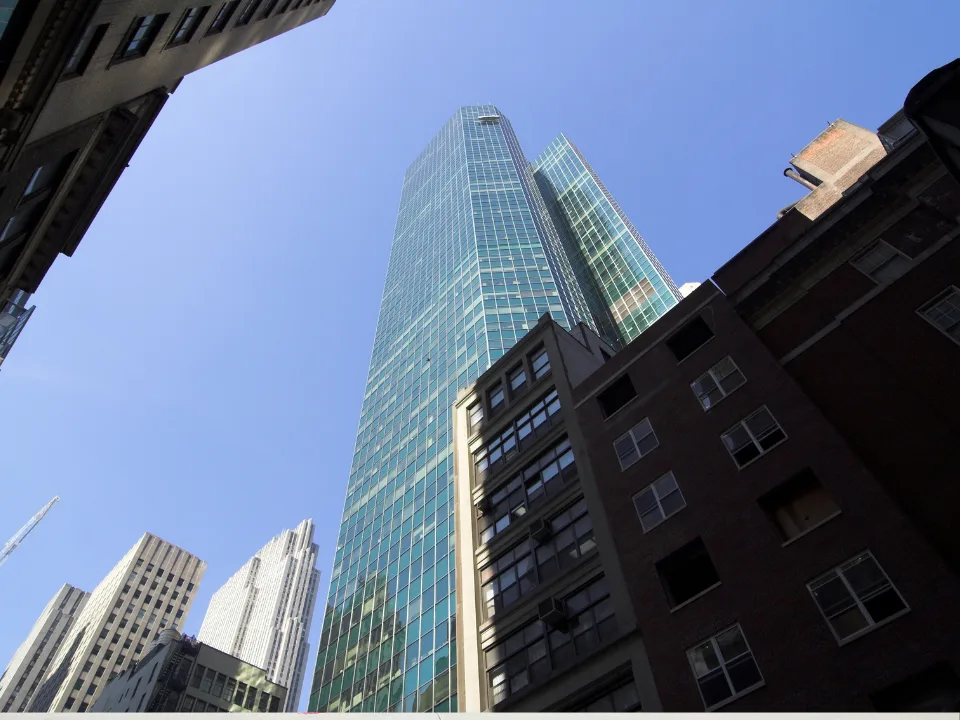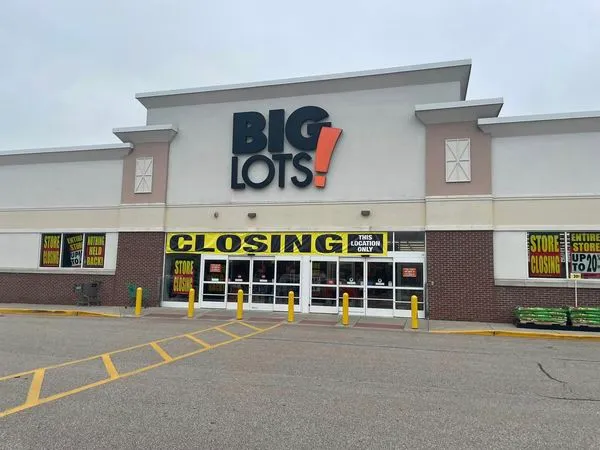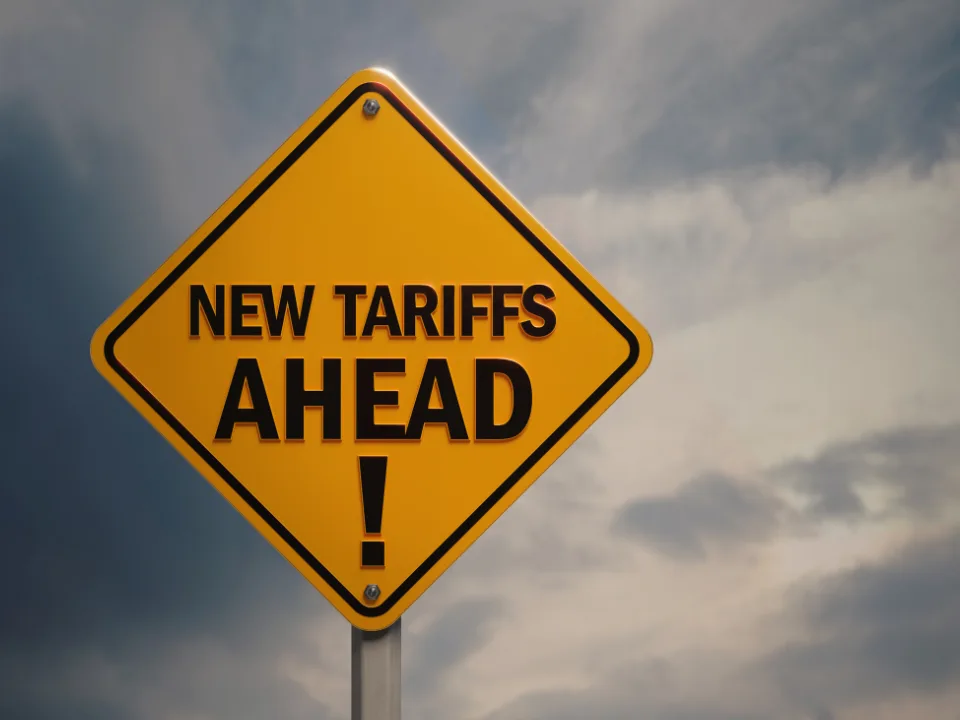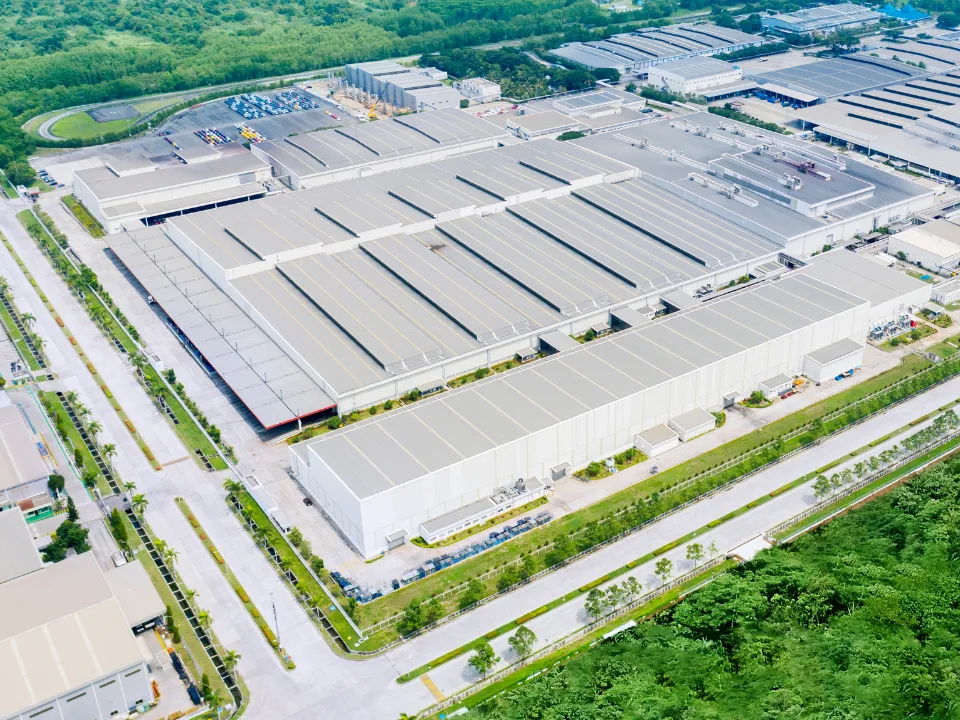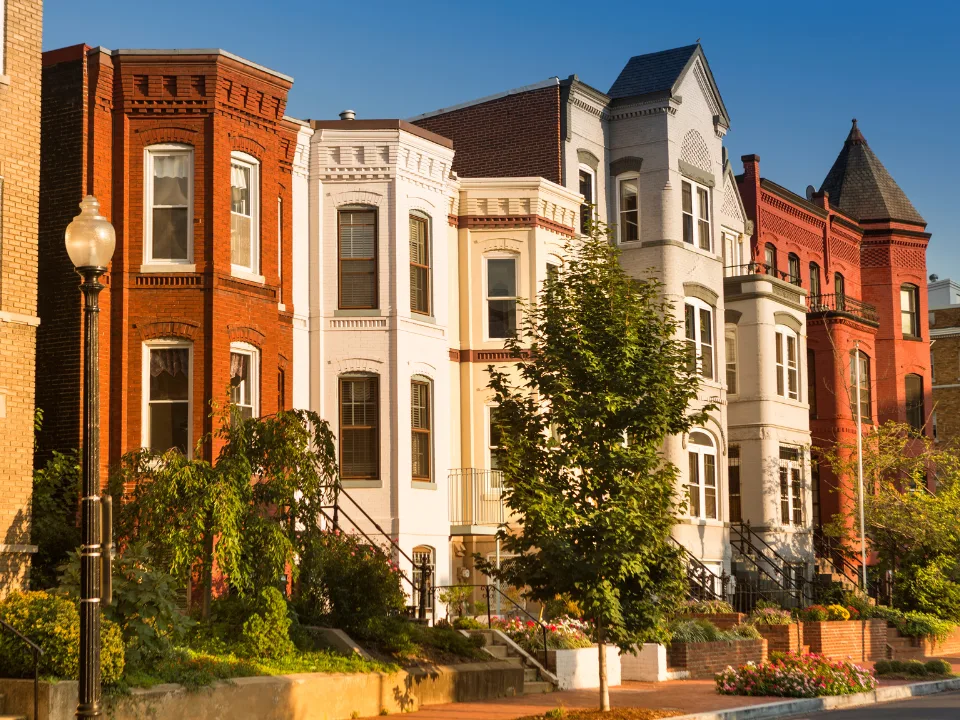- As of October, U.S. store closures surged to 6,481, exceeding full-year totals since 2020. Bankruptcies have affected major chains like Family Dollar, Big Lots, and Rite Aid.
- Despite the wave of closures, U.S. retail vacancy rates remain tight at around 4%, with high demand for backfill from expanding food, fitness, healthcare, and grocery tenants.
- Prime retail locations are being leased quickly, sometimes with rent growth of up to 40%, while rural and less desirable spaces may face longer vacancy periods.
According to CoStar, the U.S. retail sector has seen far more store closures this year, surpassing previous full-year totals since the pandemic’s peak in 2020.
By The Numbers
According to Coresight Research, 6,481 store closures around the country have been announced in 2024, compared to 5,553 for the entirety of 2023.
Major retail chains facing debt pressures and rising costs—including Family Dollar, CVS Health (CVS), and Walgreens (WBA)—have closed multiple locations, and recent bankruptcy filings from chains like American Freight have added to the closures.
Pressure on Retailers
Experts attribute these closures to a combination of inflation, rising interest rates, and operational costs. Many retailers took on debt at low interest rates in the years following the pandemic but struggled as costs rose.
According to John Mercer, head of global research at Coresight, these “twin pressures” of inflation and debt restructuring have pushed companies with thin margins to shutter stores.
Get Smarter about what matters in CRE
Stay ahead of trends in commercial real estate with CRE Daily – the free newsletter delivering everything you need to start your day in just 5-minutes
Strong Demand
Despite these alarming store closures, demand for retail space remains robust, driven by expanding sectors such as food services, grocery, fitness, entertainment, and healthcare. Due to the limited availability of quality retail locations, some vacated spaces can command rent hikes of up to 40%.
Additionally, CoStar reported that over half of all leases signed in Q3 were for spaces vacated within the last six months, signaling high absorption in urban and suburban areas.
- High Absorption Rates: Locations in prime urban and suburban markets are seeing quick backfill demand from tenants like Amazon Fresh, Michaels, and Sprouts Farmers Market.
- Rural Challenges: Larger retail spaces in rural areas with weaker demographics may stay vacant longer.
- New Retail Concepts: Brokers report that new concept retailers are leasing prime spots, with former Bed Bath & Beyond and Big Lots sites filling up rapidly in well-trafficked locations.
What’s Next?
While this surge in closures might suggest some instability, the low national retail vacancy rate and high demand for quality spaces indicate a resilient retail market. The influx of space offers expansion opportunities for growing sectors, with demand expected to stay strong through year-end.
